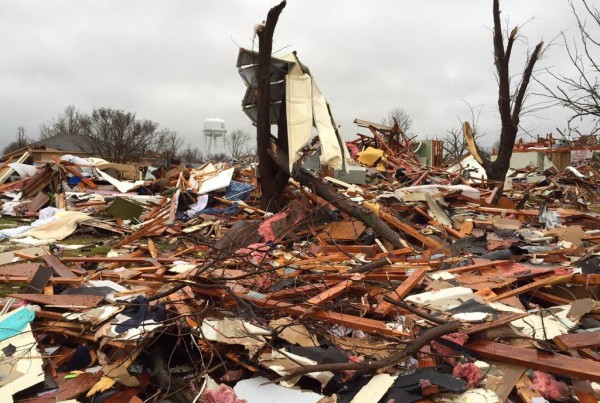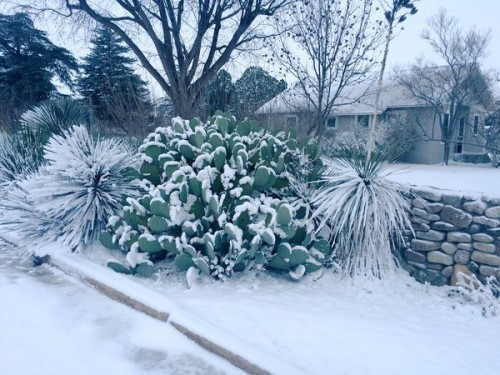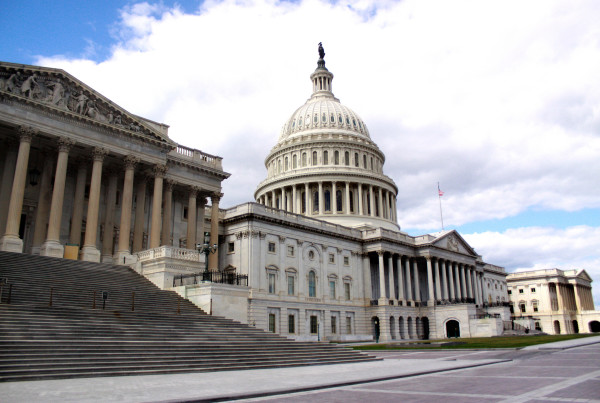“What now?” is what some South Texas oil towns are wondering after oil prices plummeted. Oil busts are typically followed by a population crash and oil-centric communities don’t want to become another ghost town.
Thomas Tunstall, research director of the University of Texas at San Antonio Institute for Economic Development, recently published a study in the Journal of Regional Analysis and Policy on the challenges and opportunities in various South Texas communities.
One suggestion from Tunstall’s research: cultivate crops that thrive in the area. He says a relatively recent discovery is that South Texas is a good location to grow olive trees.
“I think as recently as 2008, that wasn’t particularly well understood, but since then, some adventurous folks have experimented and planted different varieties of olive trees and are now making something of a business out of it,” Tunstall says.
Looking at higher margin agricultural products like olives, he says, is a a good approaching diversifying agriculture.
“The United States imports vast quantities of the olive oil it consumes, something like 95 percent, so there’s tremendous opportunity just for the domestic market alone,” Tunstall says.
According to Tunstall, areas that have seen impact from the oil and gas industry are trying to revitalize their downtowns into travel destinations for recreational, historical, and ecologically-based tourism. He says Gonzales, Texas, is a good example of that change.
“That’s the birthplace of the Texas revolution,” Tunstall says. “In addition to that, they have been undertaking a pretty systematic downtown revitalization and they’ve got some hotels that have been refurbished.”
On the lack of support for infrastructure in oil towns, Tunstall says that communities which come into resource wealth have a “a tendency to squander the money.”
‘
“One of the things that’s interesting is to look at West Texas, where they’ve had these cycles for decades,” he says. “The folks in West Texas at this point know that when times are good, it’s wise to steward some of the money, save it for worthwhile infrastructure projects or other things that give them something to show for it.”
South Texas, where oil production in the last five years stands unprecedented, is an area of concern for Tunstall.
“We were encouraging the communities to use the money to develop infrastructure, to form the foundation for economic diversification overall and some communities have done that,” he says. “I wouldn’t say it’s necessarily uniform across South Texas. A lot of it depends on local governance and how engaged the community is.”















